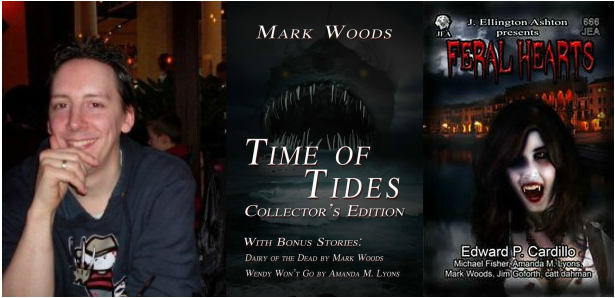
Bio: A year ago Mark Woods was just a chef who wrote book reviews, but when horror author, Catt Dahman, persuaded him to write his own stories, she unwittingly created a monster. Since then his short fiction has appeared in numerous anthologies to critical acclaim, his debut novella, Time Of Tides, has proved phenomenally popular and he is one of the key authors behind the upcoming, groundbreaking novel, Feral Hearts; a unique and original take on the vampire legend like nothing you have ever seen done before!
Mark is currently working on numerous projects including his first full length novel and several other short novella. He also continues to write his short fiction whilst still doing what he calls 'the day job'.
Mark is an occasional Blogger and full time book geek who writes reviews for such sites as Amazon, Goodreads and Dooyoo when not writing his fiction.
His Blog, miss muppet are my hamster, can be found here: http://sparkymarky1973.blogspot.co.uk/
Facebook: www.facebook.com/markwoodsauthor
Twitter: https://twitter.com/sparkymarky1973
Amazon: http://www.amazon.co.uk/Mark-Woods/e/B00F5ZCMAG
1. Time of Tides is a Lovecraftian tale set during a cataclysmic flood, where did you draw your inspiration from and how did it become such a gripping tale?
When Catt asked for scary fish tales, I decided I wanted to do something different from everyone else. I wanted my work to stand out. Quite simply I started brainstorming, throwing out ideas, but honestly had no idea where it was going. As I started writing, there were numerous times I thought of just giving the whole thing up, but I persevered and what you get now is exactly the way it was supposed to be read.
Someone commented recently on a review that they thought it a shame that the family on the Broads lost communications so quickly; the whole point was I wanted to convey a sense of isolation, and in that sense I think it worked.
2. You have shorts in a few different anthologies and have had some great success with Time of Tides. When do you think we’ll get to see your first novel and will it focus on similar themes?
My first full length novel will again be apocalyptic, but this time will concentrate on a zombie theme instead. All my zombie fiction is set in the same universe and this book sets all that up; so you get to see the fall of society at the beginning of an epidemic, followed by several survivors coming together on the rooftop of a small block of flats.
You're probably thinking you've seen all that before, it's been done - but I have a few twists up my sleeve that set it apart from other zombie novels.
Like Tides, it will be heavily character-orientated with as much focus on the survivors as the apocalypse itself. It's sub-title in fact will be 'tales of the survivors' and I promise, it will be a bit less bleak than other stuff I might have written up until now - without losing the sense if doom I think is needed in a true zpoc novel.
3. What sort of work will we be seeing from you in the next few years? Do you write in any other genres besides horror?
I have a sci-fi short that was previously published that I am working on adapting into a full book, but horror is where my heart is right now.
Catt says she thinks I can write anything, and any challenge she has thrown me I have taken on.
I like to experiment, but the main focus is the story - if I don't have a story that will fit a particular genre, I can't write for it.
For example, I write erotica under a pen name but I don't think I could ever write chick lit, but then again if inspiration hit me...
What can you expect in the future? Well I have another novella planned that is intended to be the first in a series that I can release in an omnibus edition at some stage, a story about giant false widow spiders, and plenty more short stories as and when I write them.
4. You’re one of 6 authors who worked together to write Feral Hearts, how did you feel about the project? Was it refreshing to see what other authors came up with for the same premise?
I loved Feral Hearts. Honestly. At first I didn't know how it was going to work, but with Ed Cardillo's encouragement, I think I came up with one of my most fun pieces yet! Taking one character, inventing him from scratch, and then running with him in someone else's story - well, that was just so much fun!
For those who want to know what to expect...my contribution was heavily influenced by 30 days of night - except it all happens in one night!
5. You’ll be joining some of the same authors to work on Lycanthroship, will post-WWII werewolves be much harder than writing about the unlucky modern singles and their run-in with vamps?
No, writing that will be no different from anything else I write. I have a story, characters and a plot - the only hard part will be doing some research on post WWII history so that it looks and feels authentic.
Actually, it will be interesting to see what my other writers, and any fans I might have yet, think of what I have come up with!
6. Time of Tides has come out in a brand new print edition with Wendy Won’t Go and will also have an additional story from you. Could you tell us a little about Dairy of the Dead and how it relates to your novel?
Dairy of the Dead was written quite simply because someone got the title of Romero's diary of the dead wrong and I was like 'Yessss, zombie cows!'
I'd just read an anthology called zombie zoology, and loved the idea of zombie animals and knew I had to write the story.
It was set after my short story, up on the roof, which is since becoming my first full length novel as I go on to expand it. Basically, the whole world has gone to hell in a hand basket and the zombie virus has spread to animals as well as humans.
More gets explained as to the whys and wherefores in my upcoming novel that is due to be ready for next year.
7. JEA is a small press that’s really starting to build, has it been a good experience being a part of that success? Is it difficult to find time for your writing between editing, promoting, your day job and home life?
Finding time to write, edit others, work a full time job and deal with family is intense, and don't ask me how I manage it. I find that if I concentrate on editing, my writing gets behind and vice versa so I have to kind of concentrate on one or the other and try and split my limited time as best I can.
J.e.a provided me with the chance to start my career as a published writer and have done nothing but encourage me from the start. For that I owe them the world, and to catt especially because without her, I wouldn't be here where I am right now, no hosey way.
I am hoping along with the press, my name too will become a household name that people know and have heard of.
I owe them a huge debt of allegiance because, right now, I have never been more happy than to see my work, stuff I have written, in print.
It is like the best drug, it really is. I still pinch myself every so often in case it is a dream
8. How do you feel about the work you do as an editor and author at JEA? Where do you see yourself with it after a few years time?
I think I can be a little slow as an editor at times, but that is because I like to be concise and give their work the respect and attention it deserves. If I'm tired, I try not to edit because it is someone else's piece of work and I owe them more than that.
Thankfully, all the authors I have worked with so far appreciate that.
As for my writing, I have seen phenomenal success with time of tides, and the hardest thing for me is accepting that people are buying it, and hopefully, enjoying it!
My goal is to try and become the next James Herbert. An unobtainable goal? Maybe, but you have to aim big or you might as well just go home.
I have lots of ideas, intend to be prolific,and have had lots of people with nothing to gain tell me that my writing shows real promise. In a few years? I'm hoping more people will have heard of me and I have a fan base.
I don't care about getting rich from my writing, though that would be nice; what I do want is for people to carry on reading what I produce and enjoy it.
The satisfaction I get from seeing peoples faces when I tell them I am a writer and explain what I have achieved in a year, then seeing them go 'oh wow, that's really exciting' will never ever get boring to me.
I guess I'm just an attention whore at heart. Lol.
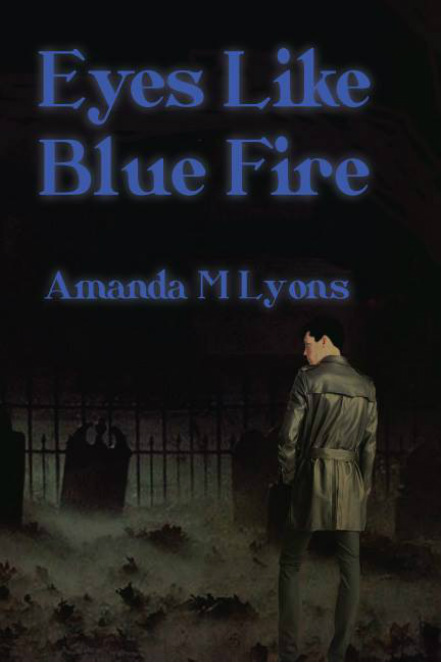
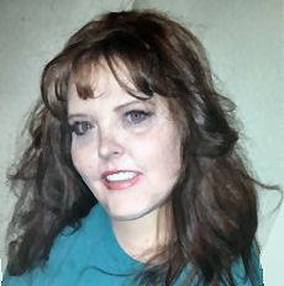
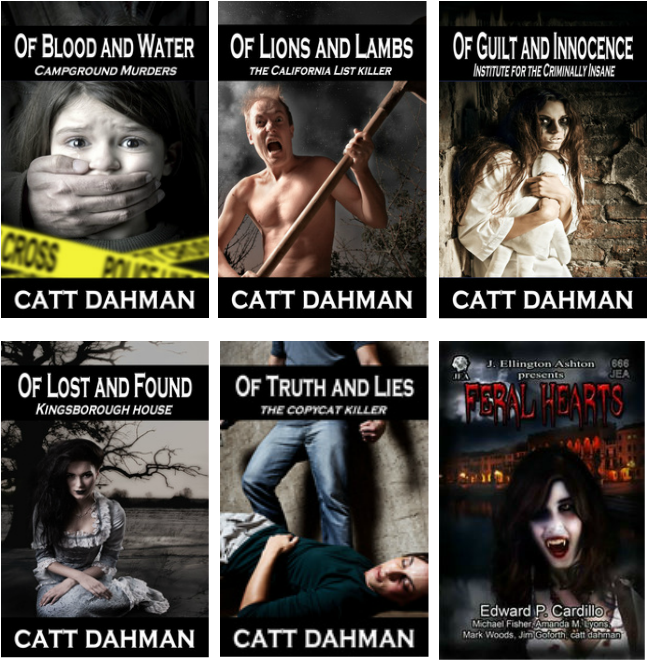
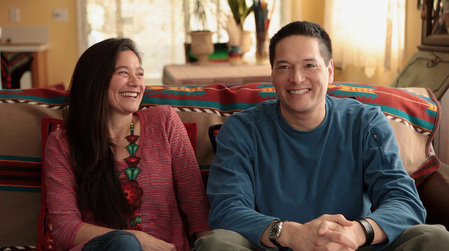
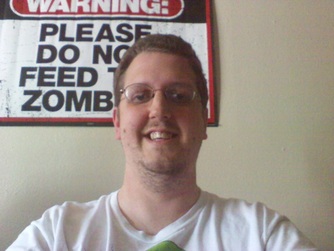
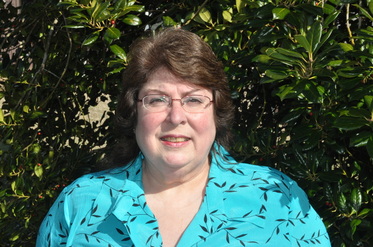
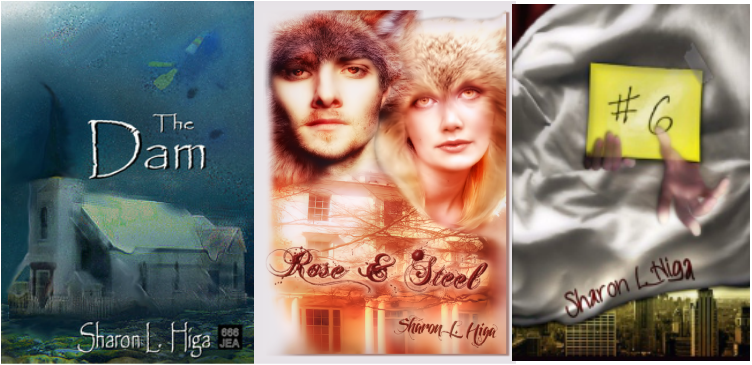
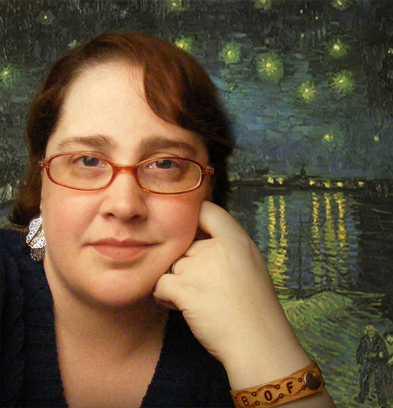
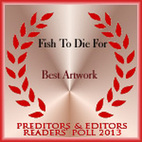
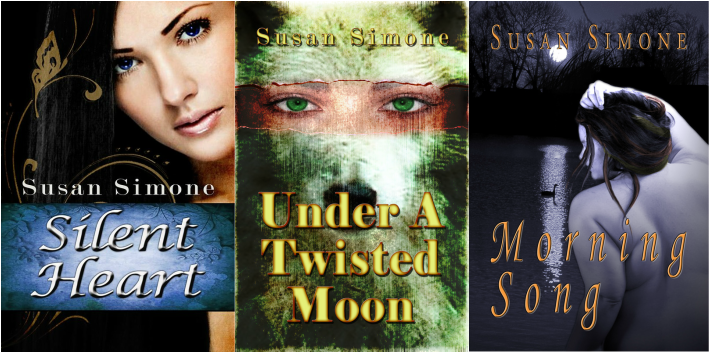
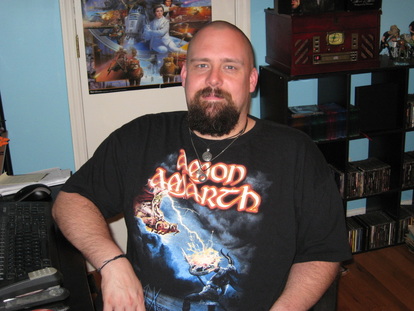
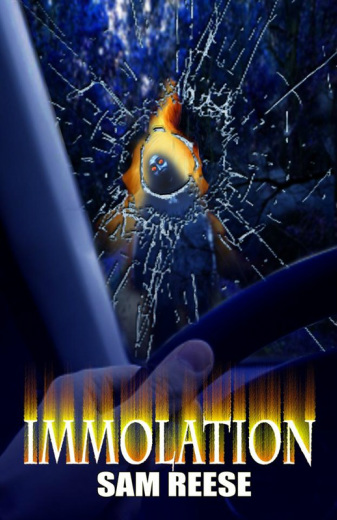
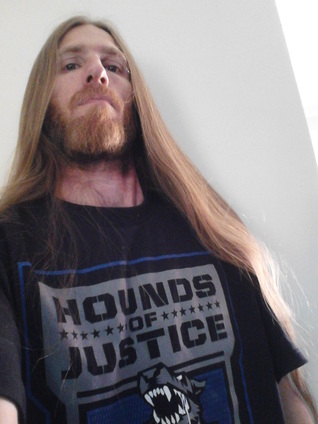
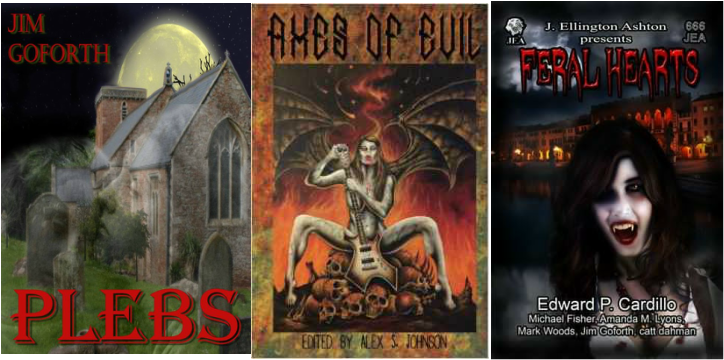
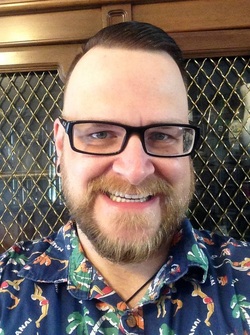
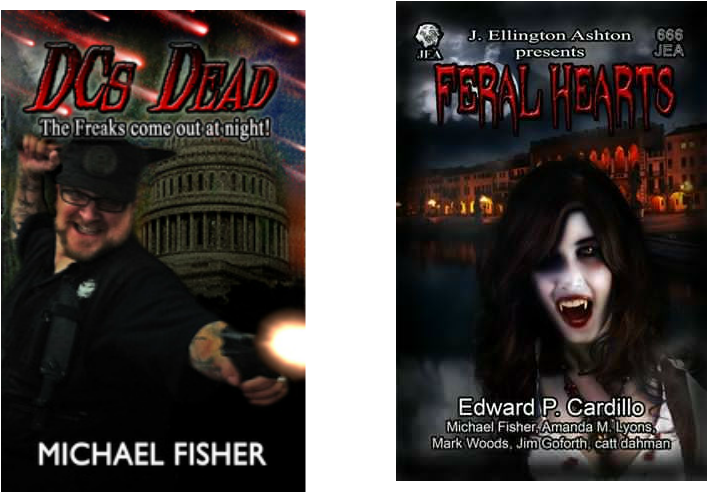
 RSS Feed
RSS Feed
